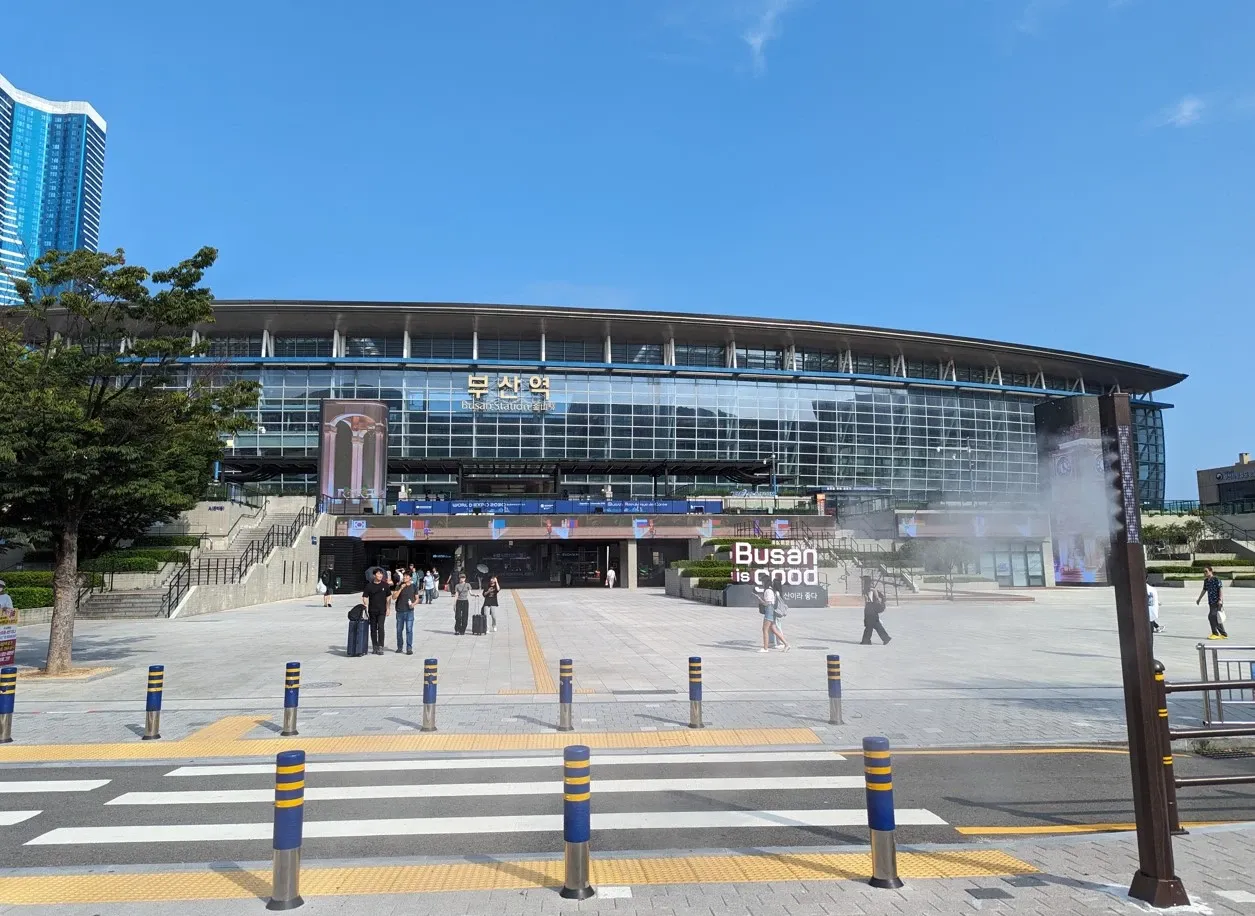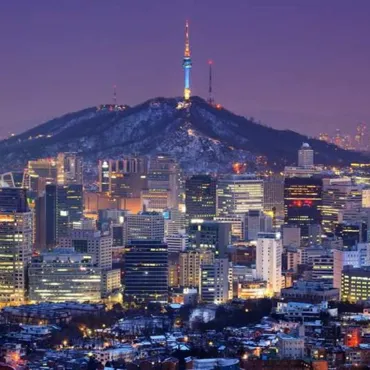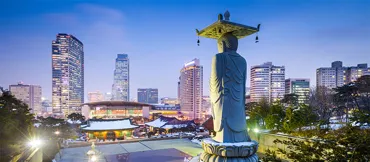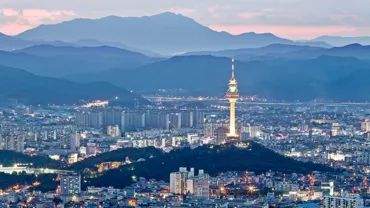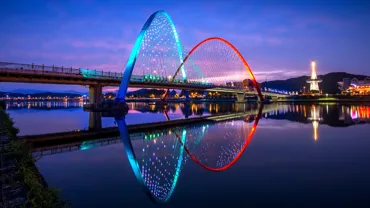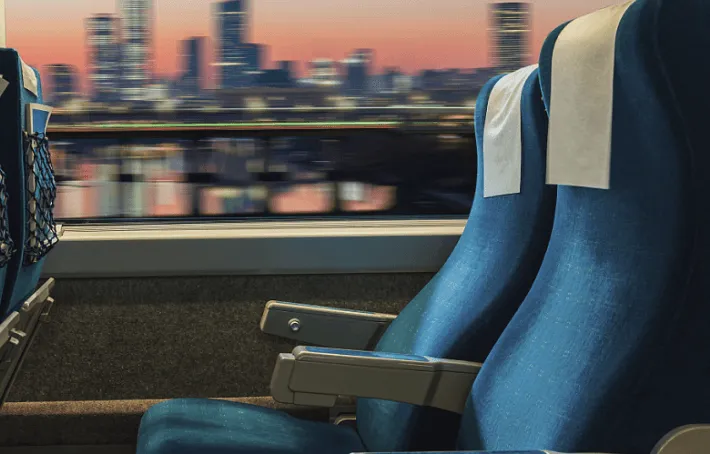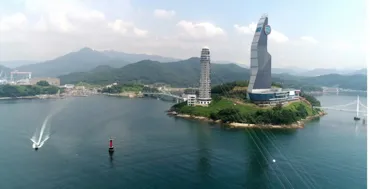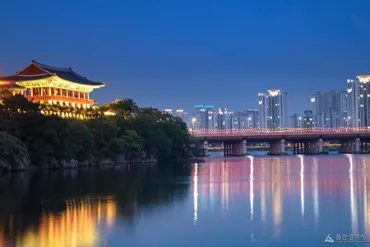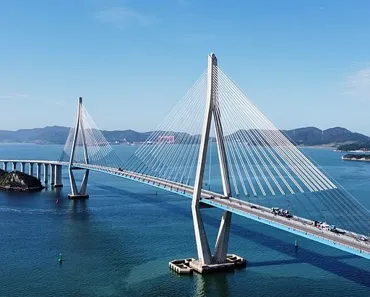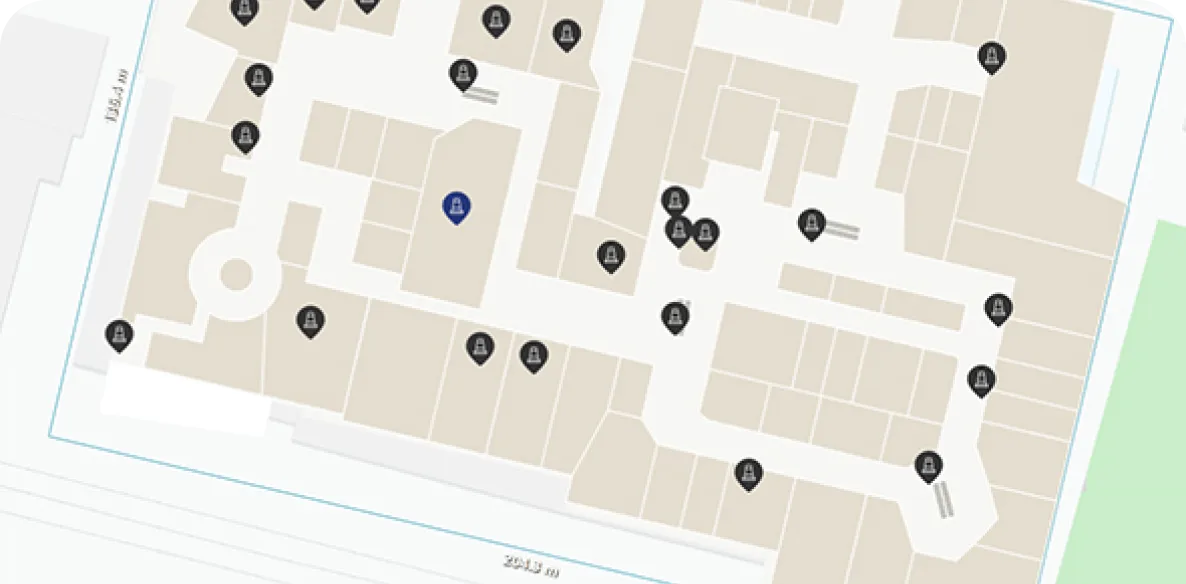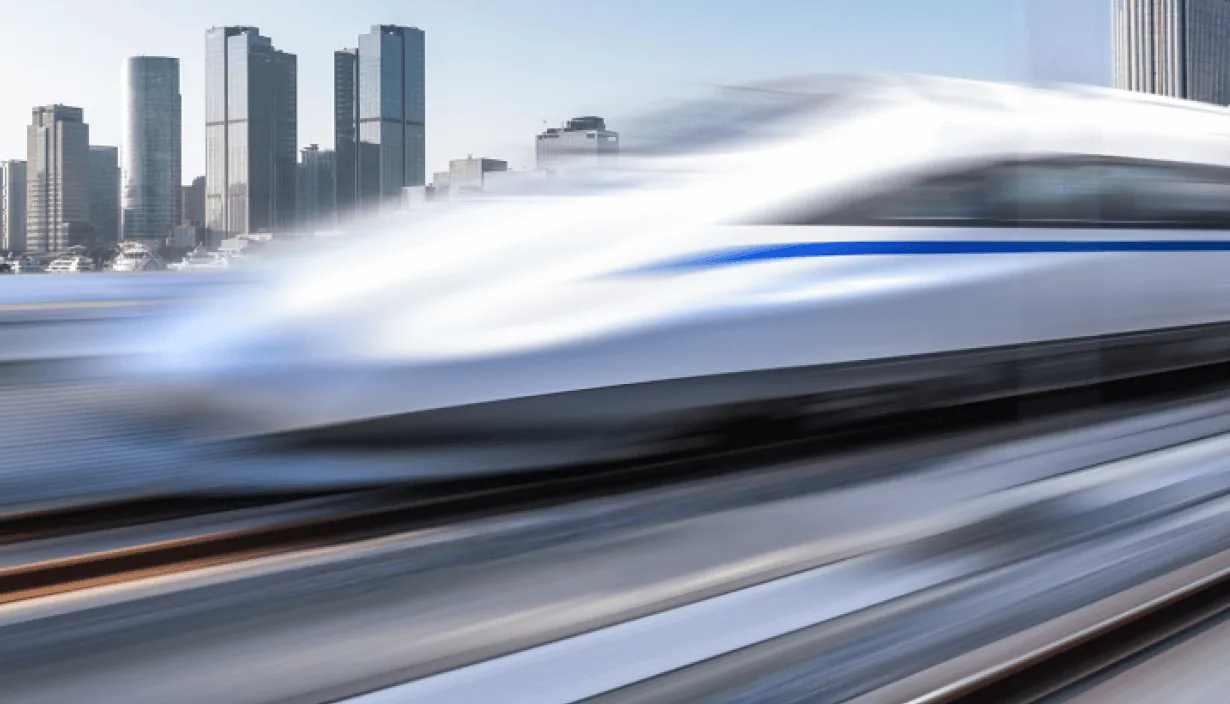Book Train Tickets Worldwide
Busan Train Station, South Korea
About Busan Train Station: Major Gateway in Busan
Busan Train Station serves as a significant hub for rail travel in the city of Busan, South Korea. It is located at 1, Dongmyeong-dong, Jin-gu, approximately 3 km from Busan's city center.
The station boasts a total of 6 platforms for high-speed KTX trains and regular services, accommodating multiple arrivals and departures each day. Open 24 hours, Busan Station offers modern amenities, including waiting areas and retail shops. The station connects with various regional destinations, making it an essential part of the South Korean railway network.
Book Train Tickets Worldwide
Customers saved 27% on average* in 2024, by booking 3 months in advance
Destinations and Timetable from Busan Rail Station
Busan Rail Station connects travelers to several key destinations in South Korea. The route to Seoul covers approximately 320 kilometers and takes about 2 hours 30 minutes on the KTX high-speed train.
Another notable destination is Gyeongju, located around 80 kilometers away, with a travel time of about 50 minutes. For those heading to Ulsan, it is approximately 70 kilometers from Busan, with a journey time of around 40 minutes. Train tickets for these routes can be purchased at the station or online, with various departures available throughout the day for convenient travel planning.
Search. Book. Travel.
Travel More, Spend Less.

train tickets
inspiration
updates
Navigating Busan Train Station
Trains Operating from Busan Rail Station
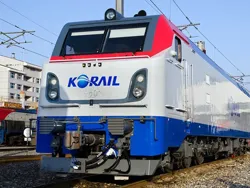
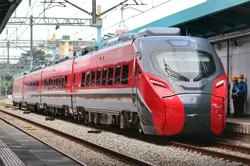
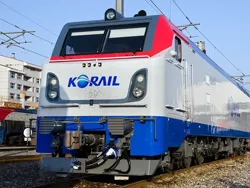
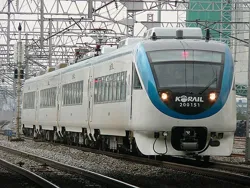
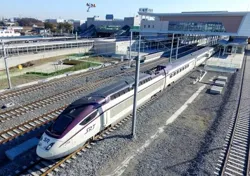

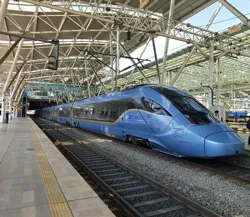
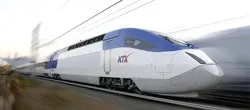
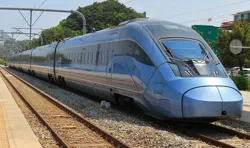
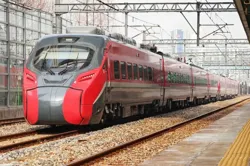
Overview of All Busan Stations
Busan features several key train stations that connect the city with various regions in South Korea.
The main train hub is Busan Station located in the Dong-gu district. This station handles KTX high-speed trains, as well as regular express and local services, linking Busan to cities like Seoul and Gyeongju. From Busan Station, you can reach other important districts in approximately 30 minutes. Another significant station is Shin Busan Station, which is located in the Sasang district.
It serves KTX trains and is a key stop for passengers traveling toward the southern parts of the country. On the other hand, the smaller stations such as Dongnae Station and Nopo Station operate mainly local train services, catering primarily to residents and providing connections to nearby areas. Dongnae Station is situated in the Dongnae district, while Nopo Station is in the Buk-gu district. These smaller facilities coexist with the larger stations to effectively serve the city's transportation needs.
